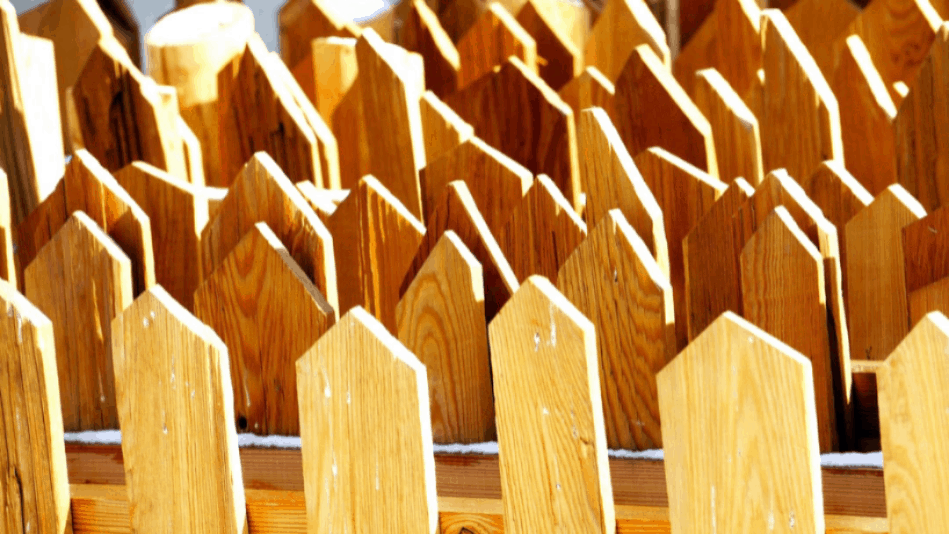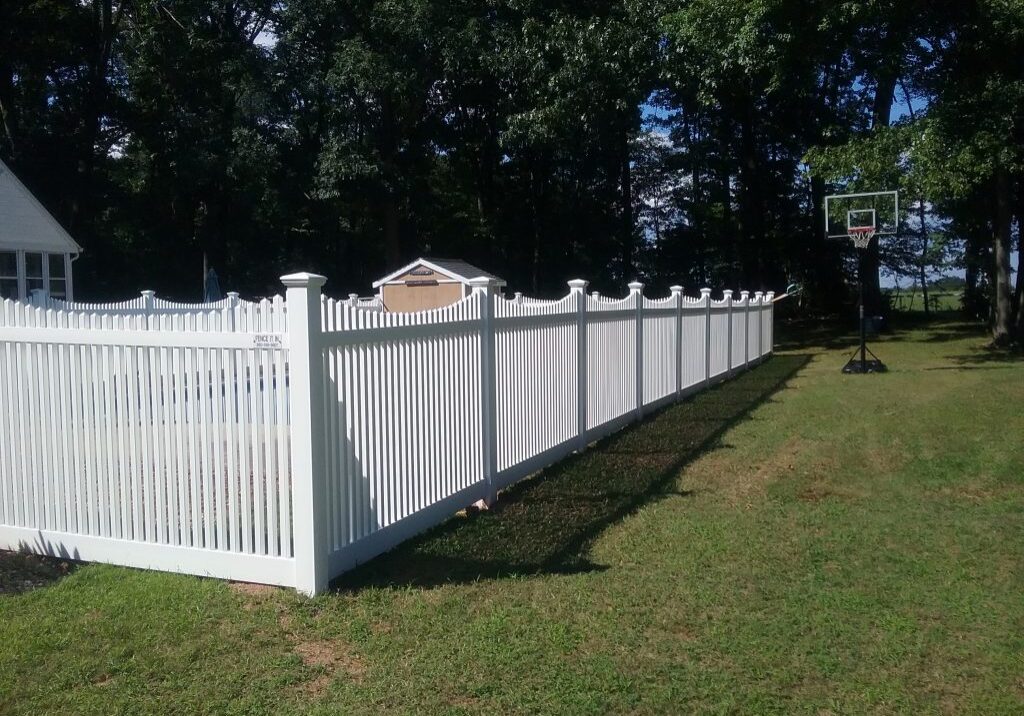All Categories
Featured

When mounting a fencing, choosing the right material is vital to balancing functionality, aesthetic appeals, and budget. Wood, plastic, and aluminum are amongst one of the most generally chosen fence products, each with its drawbacks and strengths. This overview checks out the advantages and disadvantages of these alternatives to help you make an informed decision.

Wood Fencing. Pros:. Natural Charm: Timber's classic charm can boost any kind of building with its traditional and cozy look. Adjustable: You can repaint, tarnish, or sculpt timber to fit your design choices. Budget-friendly: Timber fencing is originally much more economical contrasted to some various other materials. Environmentally Friendly: As a renewable energy, wood is naturally degradable and often considered environment-friendly. Disadvantages:. Maintenance-Intensive: Normal securing, painting, or staining is called for to avoid damage from weather condition and insects. Prone to Decay: Without proper treatment, timber can rot, warp, or crack over time. Shorter Life-span: Usually, timber fencings last 10-15 years, depending upon the kind of wood and maintenance. Wood is an excellent alternative for those that value appearances and are prepared to buy regular upkeep to maintain its appearance and sturdiness.
Plastic Fencing. Pros:. Low Upkeep: Plastic needs minimal treatment-- just periodic cleansing with soap and water. Weather Resistant: It doesn't warp, rot, or catch insect damages, making it very sturdy in different climates. Longevity: Plastic fences can last 20-30 years with little to no repair services. Design Range: Available in a vast array of textures, styles, and shades, consisting of wood-like appearances. Cons:. Higher Initial Expense: Plastic fences are more expensive ahead of time compared to timber. Vulnerability to Cold: In extremely cold weather condition, vinyl can end up being brittle and prone to cracking. Limited Repair Service Options: Matching replacement panels can be challenging if damage happens. Plastic fence is optimal for house owners trying to find a long-lasting, low-maintenance option that supplies modern-day convenience.

Aluminum Fence. Pros:. Rust-Proof: Light weight aluminum stands up to rust, making it an excellent option for damp or wet environments. Durable: Regardless of being lightweight, light weight aluminum is strong and can hold up against extreme weather. Low Upkeep: It calls for marginal upkeep, commonly just periodic cleaning. Long Lifespan: Aluminum fences can last years without significant wear and tear. Elegant Design: Often made use of for ornamental objectives, light weight aluminum fence includes a smooth, sophisticated seek to homes. Cons:. High First Financial investment: Light weight aluminum fencings are amongst the costlier alternatives on the market. Less Privacy: The open layouts common with aluminum fencing do not offer much privacy. Vulnerable to Damages: While durable, light weight aluminum can damage if hit with adequate pressure. Light weight aluminum is an outstanding option for homeowners prioritizing appearances and sturdiness without needing much maintenance.
Making Your Decision. When choosing in between vinyl, timber, or light weight aluminum fencing, consider your top priorities:
Timber fits those that value a natural appearance and don't mind placing in maintenance initiative. Plastic is the ideal option for those looking for a low-maintenance, weather-resistant remedy. Aluminum provides streamlined style and long-lasting longevity however might lack personal privacy. By very carefully analyzing these products' features, you can choose a fencing that matches your residential or commercial property while meeting your useful and aesthetic demands.
Latest Posts
Picking the Right Roof Shade: Influence On Energy Performance
Published en
1 min read
Check Out Brake Repair & More: Full Auto Care Solutions from Montclare Auto Repair
Published en
1 min read
Searching for Budget-Friendly Oil Change Solutions in St. Louis? Car-X Delivers Quality Care
Published en
1 min read
More
Latest Posts
Picking the Right Roof Shade: Influence On Energy Performance
Published May 21, 25
1 min read
Check Out Brake Repair & More: Full Auto Care Solutions from Montclare Auto Repair
Published May 21, 25
1 min read
Searching for Budget-Friendly Oil Change Solutions in St. Louis? Car-X Delivers Quality Care
Published May 20, 25
1 min read